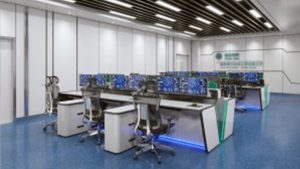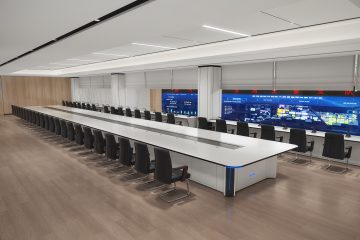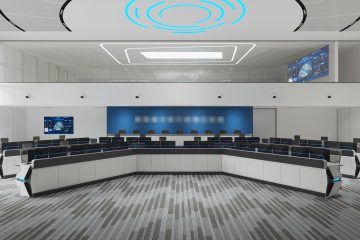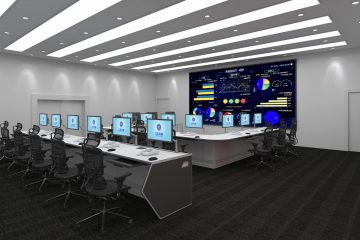Click me to visit our new website
Introduction to Control Center Consoles
Control center consoles are vital for managing critical operations in various industries. These consoles support 24/7 operations, providing a centralized platform for monitoring and communication. Whether in security monitoring, emergency response, or industrial control, they boost the efficiency and effectiveness of control centers.
The demand for consoles is growing as organizations see their value. They optimize workflows, reduce response times, and ensure smooth operations. Serving as the interface between operators and complex systems, these consoles allow for seamless integration of technology and human oversight. This guide explores the key benefits and features of control center consoles, highlighting why they are a smart investment for any organization aiming to improve performance.
Benefits of Control Center Consoles
Enhanced Operational Efficiency
Control consoles streamline workflows and optimize space in control rooms. They consolidate monitors, communication devices, and control panels into one organized workstation. This setup allows operators to manage tasks more efficiently. Ergonomic designs reduce fatigue, supporting focus during long shifts. With advanced technology integrated, operators access real-time data and analytics, which helps in making quicker and more accurate decisions.
Improved Security and Monitoring
In high-security environments, control consoles provide an ideal setup for continuous monitoring. These consoles integrate with surveillance systems, alarm management, and access control. This enables operators to respond to threats quickly. The centralized setup enhances situational awareness, allowing operators to view multiple feeds and alerts simultaneously. This capability is crucial in high-stakes environments like emergency response centers, where quick, informed decisions are vital.
Key Features of Control Center Consoles
Ergonomic Design
Ergonomic design is key to maintaining operator comfort, especially during long shifts. Adjustable work surfaces, monitor arms, and seating options help prevent strain and injury. The design also places equipment optimally, reducing unnecessary movement. This focus on ergonomics enhances operator well-being and contributes to overall efficiency.
Integrated Technology Solutions
Modern consoles come with integrated technology solutions. They handle the demands of high-tech environments, from network connectivity to power management and cooling systems. These consoles integrate seamlessly with devices like computers, communication systems, and surveillance equipment. The modular design allows for easy upgrades, ensuring long-term value and adaptability.




0 Comments